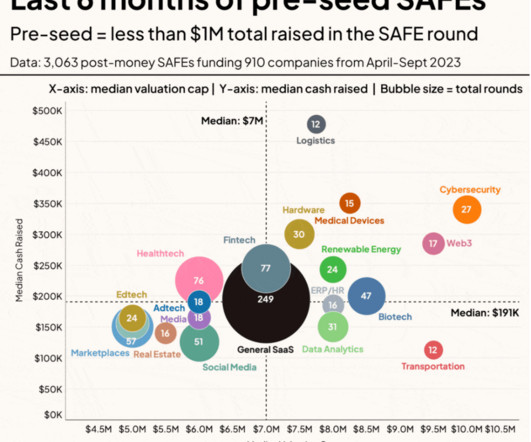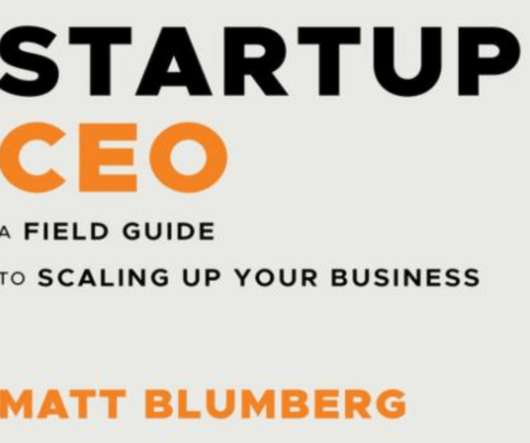Why Startups Should Raise Money at the Top End of Normal
Both Sides of the Table
JUNE 5, 2011
2 preamble issues having read the comments on TC today: 1: I know that the prices of startup companies is much great in Silicon Valley than in smaller towns / less tech focused areas in the US and the US prices higher than many foreign markets. That’s the deal you get when you’re raising in a good market for startup financing.






































Let's personalize your content